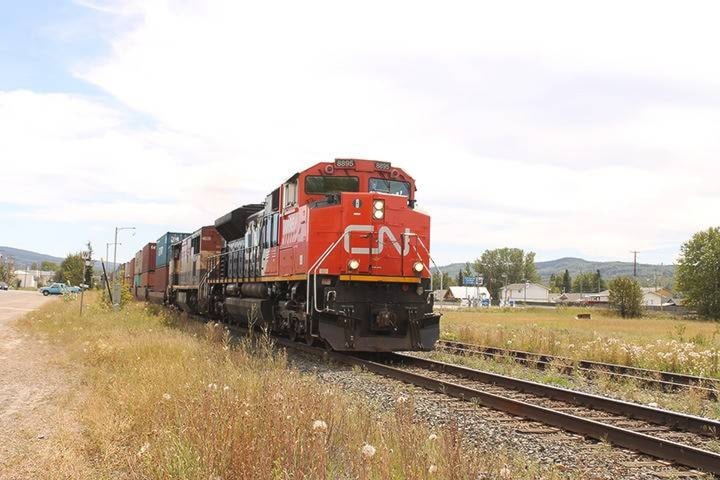The Regional District of Bulkley-Nechako (RDBN) board has recently asked communities across B.C. to help them raise concerns about rail safety at the federal level.
The RDBN board provided directions to staff earlier this spring to reach out to other regional districts and municipalities in B.C. asking them to support a resolution which would petition Transport Canada to enact new legislation.
This new legislation would require that full manifests of all goods being carried on trains be made available to local governments and fire chiefs at all times during the transport of those goods.
According to the RDBN resolution, the current system available for identifying rail car contents “may be inadequate,” and there is “significant risk” to first responders and other local government agents in the event of a rail emergency.
READ MORE: Regional district grills CN over safety
After improvements to the Port of Prince Rupert, the number of freight trains passing through Houston - an average of 24 trains per day - is expected to rise.
Although Houston council did not discuss the RDBN resolution, several communities, including the Village of McBribe, have expressed their support.
“The Village of McBride has been greatly impacted by rail traffic and believes that the impacts related to the safety of our community have the potential to increase in the future,” said Sheila McCutcheon, McBride’s Chief Administrative Officer, in a recent letter to the RDBN.
“At a recent emergency planning meeting in McBride, concerns were raised related to first responders and local government agents not being able to identify rail car contents with the current system should there be a rail emergency,” she added.
The RDBN resolution has now been submitted to the Union of B.C. Municipalities for consideration at its 2018 convention.
According to Kate Fenske, a spokesperson for the Canadian National Railway Company (CN), first responders already have access to real-time information through the AskRail app.
“So they [first responders] can view the contents of an entire train and whether a rail car is carrying dangerous goods,” said Fenske. “The AskRail app is available to first responders, who may be first on the scene of a railway incident and for training purposes.”
“CN also provides training for first responders including in-class exercises, simulations and a Tank Car Specialist course,” she added.
CN expanding B.C.’s rail infrastructure
Last week CN announced the investment of approximately $340 million to expand and strengthen B.C.’s rail infrastructure in 2018.
The planned expansion projects include the construction of four new train passing sidings between Prince Rupert and Jasper, as well as the extension of three existing passing sidings between the two municipalities.
Maintenance program highlights include the replacement of approximately 185 km of rail, the installation of more than 335,000 new railroad ties and rebuilds of approximately 50 road crossing surfaces.
“We are investing for the long haul with these projects to boost capacity and network resiliency to meet growing traffic on our corridors to and from the West Coast and across B.C.,” said Doug Ryhorchuk, Vice-President of CN’s western region, in a press release. “Our investments in infrastructure, equipment and people will help us deliver superior service to our customers across the province and North America.”
“Additionally, our substantial investments to renew our existing railway infrastructure underscore our commitment to operating safely.”
@flavio_nienow
flavionienow@gmail.com
Like us on Facebook and follow us on Twitter.
